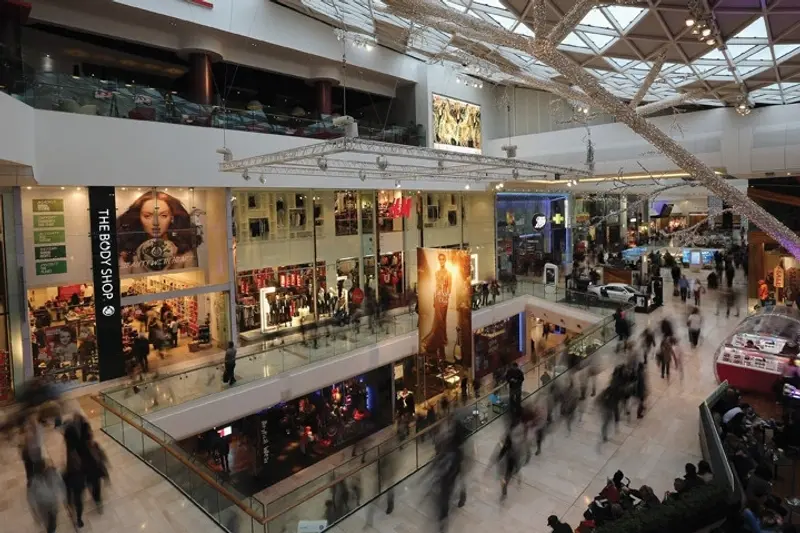
UK retail footfall decreased by 42% year-on-year during July, marking a 20.5% improvement on the 63% slump observed in June, according to the latest data from the British Retail Consortium (BRC).
Yet while visits to stores picked up, retail footfall remains significantly south of levels seen before the COVID-19 pandemic struck.
The re-opening of pubs and restaurants in England on 4 July spurred some extra visits to the high street, but the outlook for brick and mortar stores remains bleak.
This has been demonstrated by the wave of job cuts announced by major retailers including Dixons Carphone (DC.), Marks & Spencer (MKS) and books-to-stationery seller WH Smith (SMWH), not to mention John Lewis, Clarks and Boots.
STILL SUBDUED
According to the latest missive from the BRC and market research outfit ShopperTrak, footfall on the high streets declined by 48% year-on-year in July, the first full month since stores were allowed to reopen following the UK lockdown.
Shopping centre footfall was down by the same percentage, possibly due to the difficulties of observing social distancing within their enclosed spaces.
PARKS PERFORMED BETTER
However, retail parks did significantly better with footfall decreasing by 22% year-on-year. This is probably because retail parks have favourable location characteristics with wide open spaces, which enable skittish shoppers to adhere to the social distancing rules, as well as free surface parking.
Today’s data demonstrates the challenges that still lie ahead for the distressed UK retail sector.
Although the latest UK retail sales data from the Office for National Statistics (ONS) showed sales surging back almost to pre-coronavirus lockdown levels in June, this could have been a temporary spike as shoppers suffering from lockdown cabin fever flocked back to re-opened physical stores.
‘It remains too soon to say how well retail will recover in the coming months, but it clearly remains a difficult trading period for many physical retailers,’ lamented Helen Dickinson, chief executive of the BRC.
‘With retail footfall recovering slower than in many other European countries, much will depend how fast consumer demand returns.’
THE BROKER’S VIEW
Shore Capital said the latest footfall data highlights ‘an improvement in footfall across all destinations but it remains well down on pre-coronavirus levels.’
The broker added, ‘The re-opening of the leisure sector (pubs, cafes and restaurants) has helped provide some footfall back to town centres and we note that shoppers are choosing to shop more locally to where they live, which is impacting city centres, in particular.
‘What is clear is that it remains a difficulty trading period for the retail sector with the structural shift online continuing to accelerate.
‘We will watch the BRC retail sales monitor and other economic data for July with interest, but today’s footfall data highlights the continued challenging period for the sector.’






